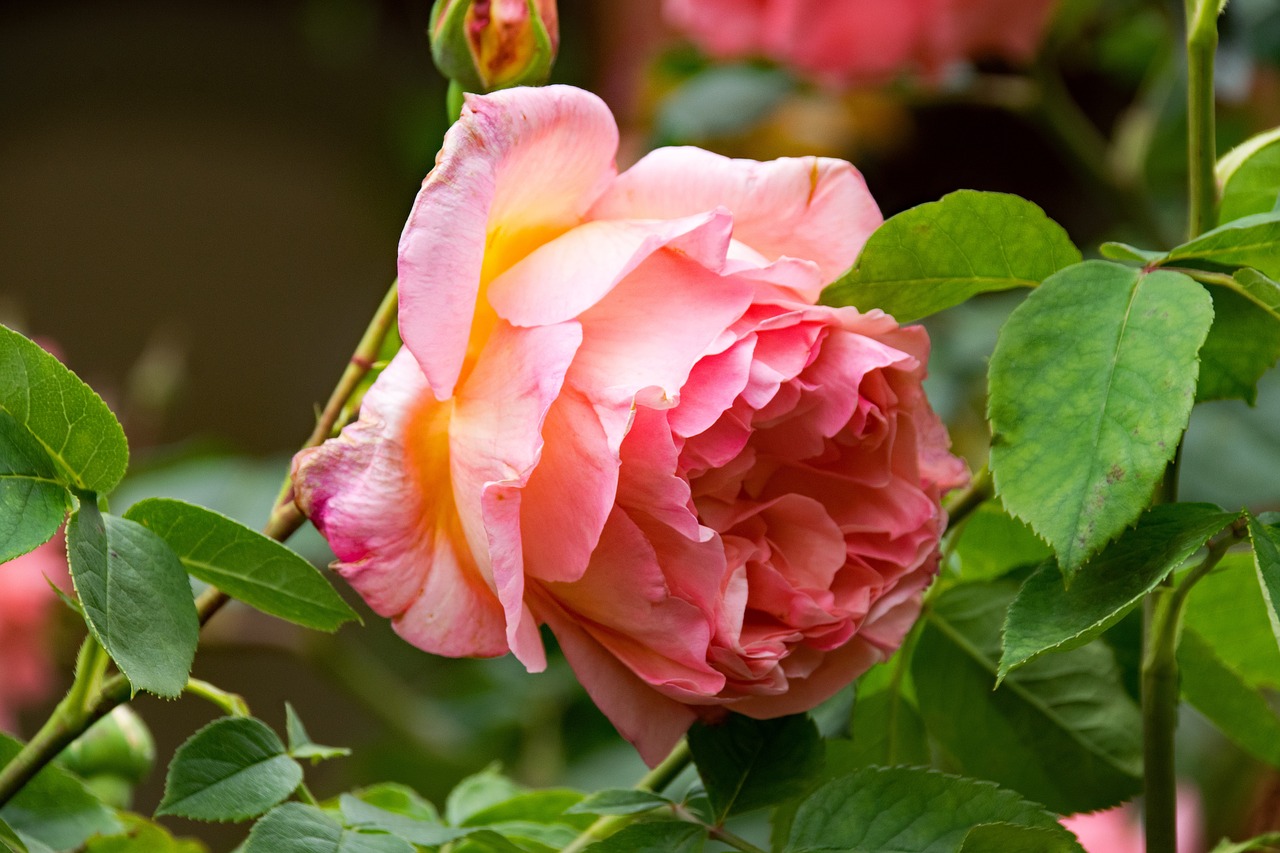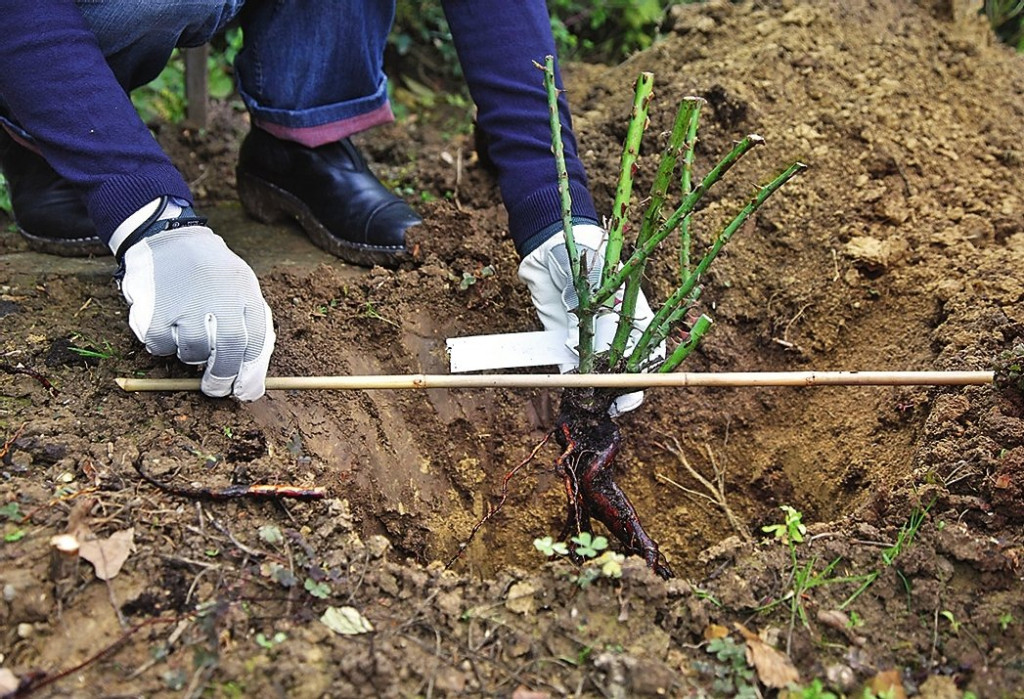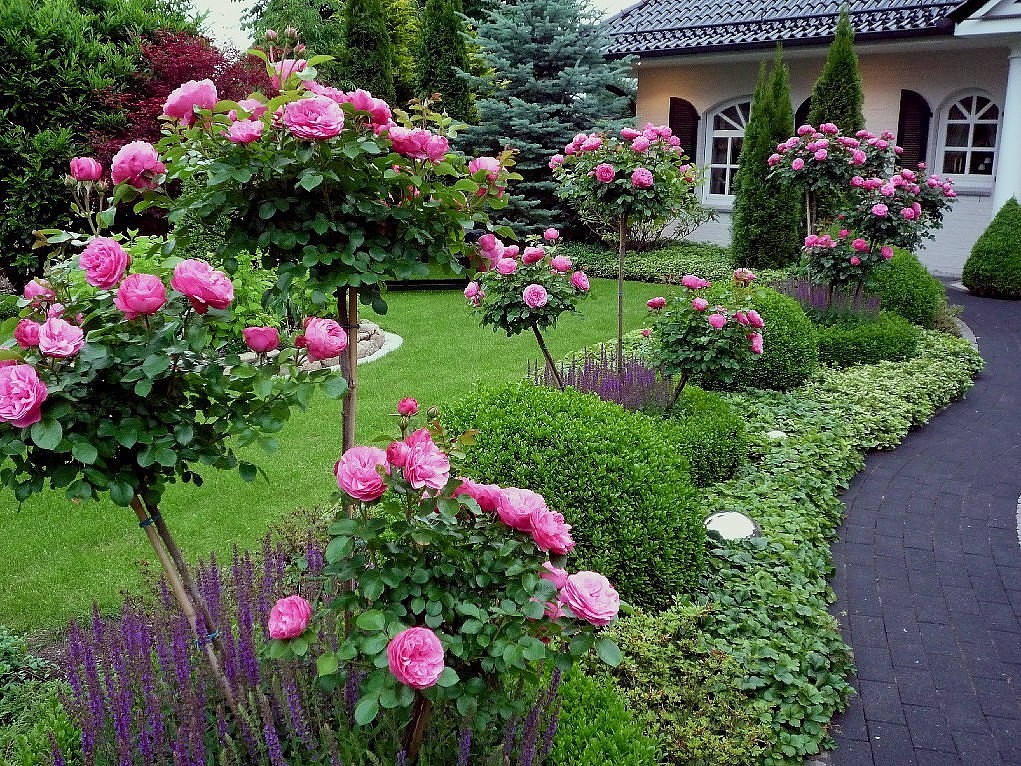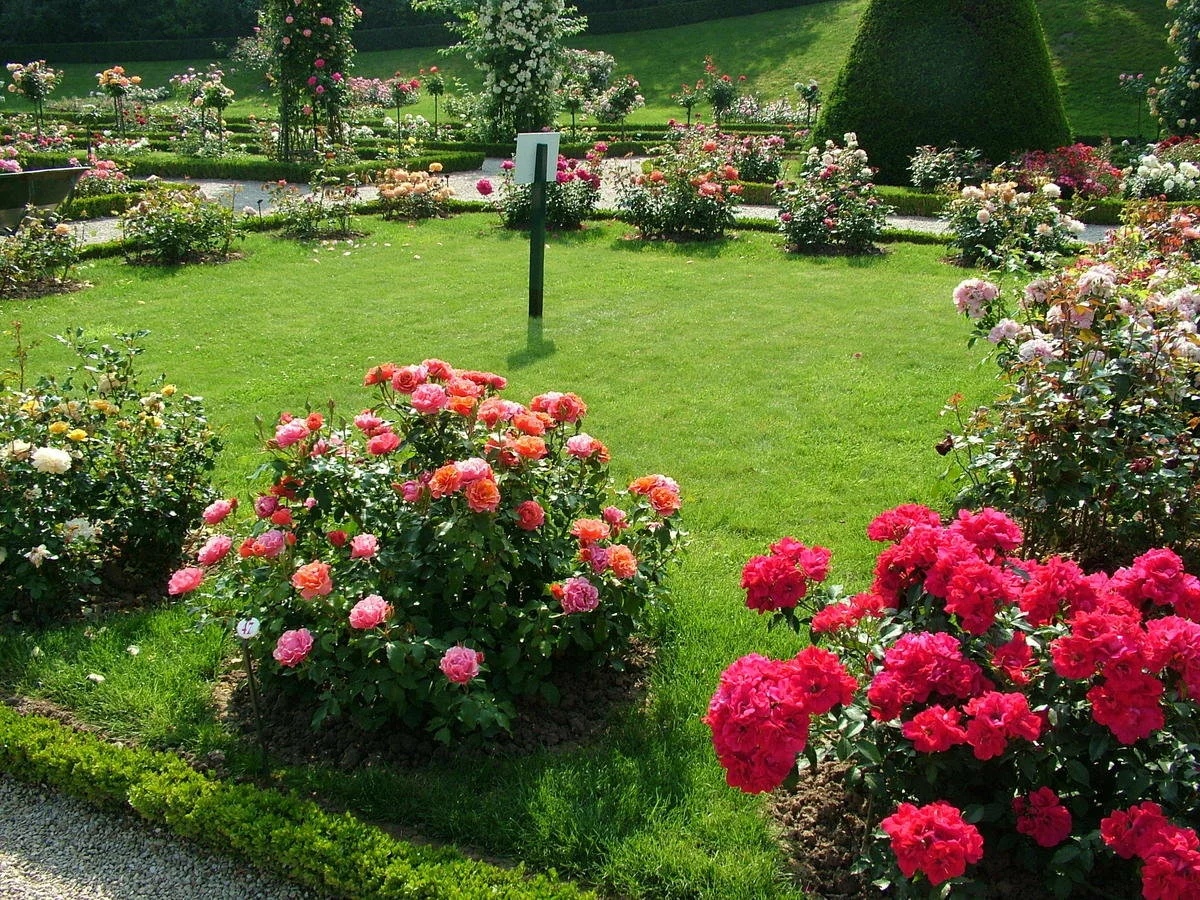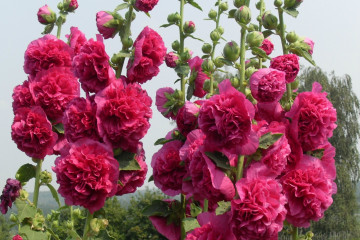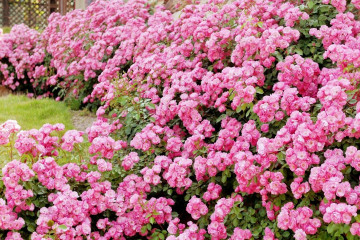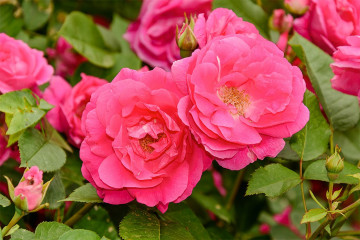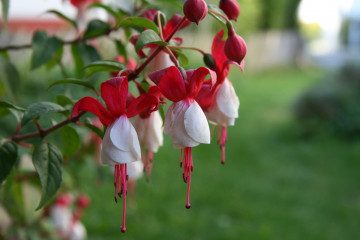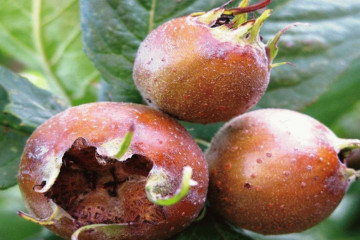How to grow roses in the garden: rules for caring for roses in the open field
Content:
The rose is rightfully considered one of the most beautiful decorative crops, against which all the others fade. In addition, the plant emits a surprisingly pleasant aroma that few people can leave indifferent. It is important to understand that these plants require special care, but, on the other hand, you should not be afraid of difficulties - even an inexperienced gardener can cope with a small rose bush. In addition, some varieties can withstand short-term frosts up to five degrees below zero. It is enough to follow a number of simple rules and recommendations, and then the decorative culture will delight with its flowering for more than one year. What are garden roses - care, cultivation, this article will tell you all about roses.
The main types of garden roses
This is the collective name of the species and varieties of representatives of the Rosehip genus. Thus, the general description of ornamental plants looks like this: an improved version of the common rose hips.
The culture begins to bloom earlier than the wild representatives of this group of plants - by about 2-3 weeks. Long, abundant flowering. Rose bushes can be planted both outdoors and indoors.
If you neglect the rules of care, the flower will begin to get rid of buds, foliage, peduncles in order to survive.
There are many varieties and varieties of roses suitable for growing in the garden.
Floribunda roses
They are characterized by abundant flowering. The group includes many varieties. There are double, smooth and semi-double buds. The shape of the flowers is goblet, cupped, with a diameter of 4-9 cm. Flowering occurs in three stages, there are also species that bloom constantly.
Popular varieties: Iceberg, Snowflake, Alabaster, Cosmos, Rumba, Geisha. It is a pleasure to plant such roses on the site.
Advantages of the floribunda variety:
- cold resistance;
- immunity to disease;
- easy care;
- lush and long flowering;
- compactness;
- a large selection of shades;
- the possibility of cuttings.
Disadvantages of these rose bushes:
- weak aroma (or none at all);
- exactingness to lighting.
Groundcover
A distinctive feature is the presence of creeping, densely leafy shoots. The width of the bush is significantly greater than its height.
Popular varieties: Tantau, Fairy Dance, Heidetraum, Velvet.
Ground cover roses have the following benefits:
- very beautiful, elegant;
- intensive growth;
- unpretentiousness;
- immunity to disease;
- do not require annual pruning;
- biennial specimens suppress weed growth;
- rapid reproduction by layering or cuttings;
- long life span;
- are able to strengthen walls, prevent erosion, erosion, prevent soil destruction due to a strong root system;
- hide the imperfections of the landscape.
Disadvantages:
- do not withstand low temperatures, need shelter;
- small size of flowers;
- the buds quickly lose their saturation, fade in the sun.
Tea-hybrid
They have a long flowering period. The buds, emitting a very delicate aroma, open gradually. All representatives of the group differ in the height of the bush (60 cm - 2 meters), the shape of the plant (spreading, pyramidal), the shade of flowers (red, scarlet, orange, burgundy, purple, white, etc.).
Popular varieties: Black Baccarat, Black Magic, Mr. Lincoln, Piano. They love to grow them in the yard in Europe.
Advantages of hybrid tea roses:
- bush strength;
- give off a very pleasant smell;
- look great in group plantings.
Disadvantages:
- a number of varieties have aesthetic, unattractive buds with hard shoots;
- whimsical care;
- a significant part of these plants are not suitable for growing in open ground (such specimens grow in special rooms);
- susceptibility to fungal diseases.
Climbing
Feature - long shoots-whip, which can reach a length of 15 meters. Conventionally, these plants are divided into two groups: ramblers and climbers (klaymbengi).
Popular varieties: Gloria Day, Cecilia Brunner, Orange Triumph, Etoile de Holland.
The benefits of climbing roses:
- grace;
- versatility (look great on a wall, column, arch, etc.);
- a huge variety of varieties.
Disadvantages of climbing roses:
- need a warm and mild climate;
- single flowering of ramblers;
- Climbers have rigid branches, they cannot be wrapped around the column.
Shrubs
They are characterized by long and lush flowering. Buds can be of different colors, shapes and textures. Plants smell very nice - the aroma is bright, rich. The crown reaches a height of 2 meters.
Common varieties: Magnet Schrab, Agnes Schillerger, Belvedere.
Shrubs are characterized by positive features:
- frost resistance;
- abundant and long flowering;
- good immunity;
- unpretentiousness.
Disadvantages of scrubs:
- the complexity of preparing for winter;
- clumsy appearance;
- branches need support and a garter.
Planting and caring for garden roses outdoors depends on the type of crop. Each variety has its own characteristics, some of which can be ranked as advantages, others as disadvantages.
To make a choice, first you need to decide in what style the summer cottage or garden plot will be decorated, and in accordance with this, look for a suitable option.
How to plant roses in the country in autumn and spring
Spring planting is carried out at the end of April - mid-May, when the earth is completely warmed up.
It is better to plant roses ahead of schedule than delay planting. In the first case, the development of plants will not start, but the sprouts will not die, in the second, an aggressive environment formed by hot weather (dry soil, high air temperature) will simply kill the young plant.
Autumn planting is carried out from mid-September to the second half of October, when the weather is still warm enough, the earth is filled with moisture and did not have time to freeze.
In Siberian regions, the planting time should be moved to the end of August - September, since the climatic conditions in this area do not allow counting on a warm autumn in October.
How to choose the right rose seedlings
Planting material must be chosen very carefully. There are two options for sale:
- in pots or other containers (with a closed root system);
- with an open root system.
It is recommended to purchase the first option, since this form allows you to keep the root system in the best possible way. You can buy a rose with open roots if it was recently dug up.
Before purchasing, you must carefully examine the seedlings - they should have 2-3 cut, hardened stems without any damage, spots, sores. You should also check that:
- flowers and leaves were missing on the stems;
- the kidneys were dormant.
Preparing a place for planting garden roses
The rose needs good sunlight. Being in the shade, the culture will not die, but it will lose its gloss - the shoots will become thinner and elongated, the flowering will practically stop.
Here are some requirements for the location of the bush:
- sunlight should fall on the plant throughout the day;
- when planting several bushes on a site, tall specimens are placed behind low ones;
- the flower needs to ensure good air circulation, but at the same time to exclude drafts;
- the root system should not be near groundwater;
- the plant cannot be planted on swampy soil;
- the land should be loose, fertile, rich in mineral components;
- the rose should not be planted crowded, as the plant loves space.
In what conditions and how roses grow in the garden determines the qualities of an adult shrub - the duration and abundance of flowering, the presence of a lush crown, etc.
Garden rose planting rules
To plant roses in the garden, dig a hole 40 by 50 cm in size. In the middle of the hole, you need to form a small mound, place a plant on it, spread the roots and lower them into the planting hole.
Next, the planting hole is sprinkled with earth, the plant is watered with plenty of water. To prevent it from spreading, it is recommended to make a small side of the ground around the flower.
Garden rose: care and cultivation in the garden
Taking care of street roses is not as difficult as it might seem at first glance. Basic actions:
- regular watering;
- timely fertilization;
- treatment of shrubs from pests;
- elimination of diseases.
In addition, the plant needs pruning - both hygienic and decorative (to form a bush).
It is also necessary to follow the rules for preparing the plant for winter.
Watering the plant
Watering is carried out as the soil dries up in the amount of 10 liters per one bush. The bushes should be moistened in the evening. Reduce watering in cold weather.
Fertilizer
It is necessary to feed roses up to 7 times per season:
- for the first time - in mid-April, ammonium nitrate is used as fertilizer;
- after 14 days, the procedure is repeated;
- during the formation of buds, they are treated with complex dressings;
- before flowering, infusion of mullein is introduced;
- at the end of the first wave of flowering, a complete complex fertilizer is applied;
- at the end of the season, the rose is fed with potassium.
How to properly prune a bush
To form a beautiful and neat crown, too long branches that stand out from the general picture are pinched. To make the bush not very thick, summer pruning is carried out. The essence of the procedure is to remove old, dry, unnecessarily thick and diseased stems.
Pests and diseases of roses
The plant is susceptible to pests such as whitefly, spider mites, aphids, caterpillars. To protect the shrub from parasites, the bush must be sprayed with special preparations. This should be done in dry weather in the morning or evening.
Among the diseases of roses, the most common are gray rot, fungus, cytosporosis, rust.
Shelter roses for the winter
Flowers should not be cut in August, since new shoots that have time to form will not be able to survive the winter.In mid-September, the lower leaves begin to be removed. When the temperature drops to -5 degrees, the roses must be covered, after removing the shoots.
The bush is covered with humus or peat, the tops of the stems are tilted to the ground and covered with spruce branches.
How to use roses in landscaping
For the refinement of private territories, roses are used as:
- Accent plants. Used alone or planted next to nondescript crops. They are also placed next to certain objects (house, gate, fence) in order to draw the attention of passers-by to them.
- Basic plants. It is used as a base crop around which other flowers are planted. The result is a lush, harmonious composition.
- A rosary to create a sound barrier.
- Hedge.
- Roses that are placed on trellis structures.
- Background plants. For this purpose, large varieties are used.
- Container instances. Often used to create seasonal color.
- Border roses.
Rose garden tips
Two types of decoration are used to create a beautiful garden:
- landscape (does not imply strict rules, plants are placed in large groups);
- regular (the flower garden is made in the form of a geometric figure with an elegant stone edging).
When creating a design, it is recommended to adhere to several rules on how to beautifully plant roses in the front garden:
- For a bright picture, it is better to use red or yellow roses.
- If the basis of the flower garden is formed by plants of gentle light tones, then pink, lilac, white roses are suitable for planting around the basic specimens.
- To create a rose garden, you can use other crops, for example, lavender, irises, which will effectively set off the beauty of the shrubs.
- Before taking on the design of the rose garden, you should sketch out a rough plan on paper.
What is a rose? This is an amazingly beautiful, but quite whimsical plant. However, despite the exactingness of the plant, the care and cultivation of this culture in the garden is not such a difficult task. To grow a beautiful and healthy shrub, you need to follow the basic rules of agricultural technology and adhere to general recommendations.

